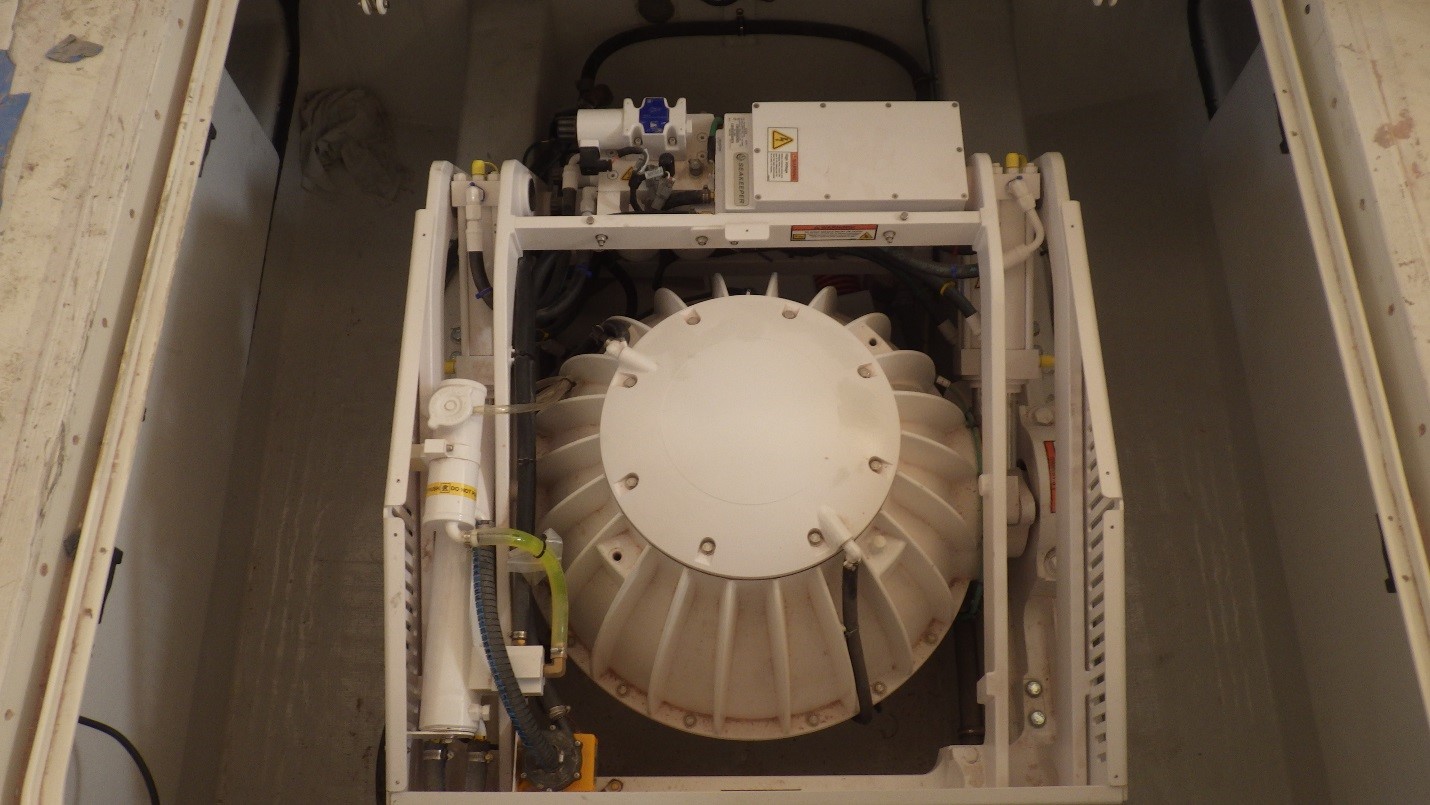Most readers of this article have experienced sea sickness themselves and with families and guests. In my professional life, sea sickness is the most commonly quoted reason for not participating in boating activities. As an avid boater and boating professional I try to do all I can to minimize human discomfort, increase enjoyment of boating and overall boating activity.

This article will focus of various ways the boat can be used to control the seas. Picking the right day to boat or the right weather window is one of the critical decisions. Sometimes we cannot control when our planned Catalina vacation is but when possible understanding wave height, direction and period, and how that will affect our intended voyage, and our alternative destinations will be appreciated by your crew. Maybe going to Ensenada and returning in better conditions is preferred to beating to Catalina.
Sailboats can use sails to dampen the roll of the vessel and powerboats can use trim tabs as the most basic control. Speed also has a factor in controlling roll, yaw and pitch.
Fixed stabilizing fins can help control a boats movement underway and deployable devices such as flopper stoppers and Para vanes can be used with almost any type of vessel. Flopper stoppers are butterfly type devices which are hung over a boat at anchor and dampen the roll while Para vanes are deployed while underway for the same reason.
Active fin stabilizers, usually controlled by hydraulic components are more effective, and of course more expensive. These systems use a gyro device to manipulate the position of the fins to reduce roll while underway and depending on the size of the vessel more than one pair of active fin stabilizers can be installed.
A more recent version of active fin stabilizers can also help maintain roll stability while moving slowly or not at all. These stabilizers are extremely powerful and flap quickly to maintain stability. They also require a tremendous amount of power and are known to push a vessel forward.
A very effective stabilizing option is gyro stabilization. A large piece (or pieces) of spinning steel stabilizes the vessel using the same concept as a Segway. The amount of roll stabilization possible with gyro stabilization is truly remarkable. These devices take 30 minutes or so to spin up to speed but a properly matched gyro stabilizer is so affective at reducing roll stabilization that one really must experience it to understand the difference. There is of course a financial cost to the various components which for the more advanced devices includes not only the device cost but engineering and installation costs. Many modern vessels over 50’ in length are being designed to accept gyro stabilizers and manufactures are offering them as an option.
